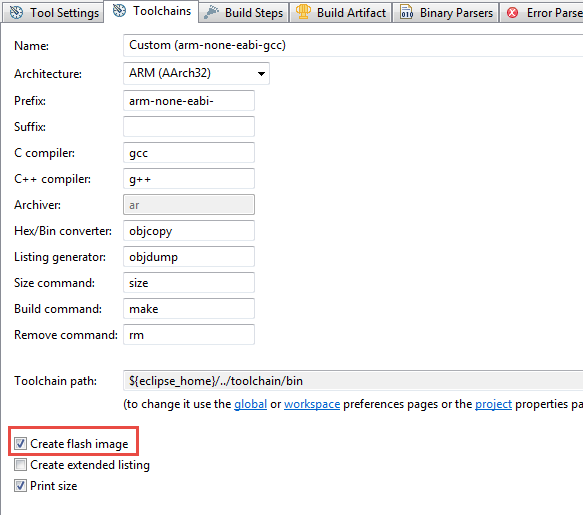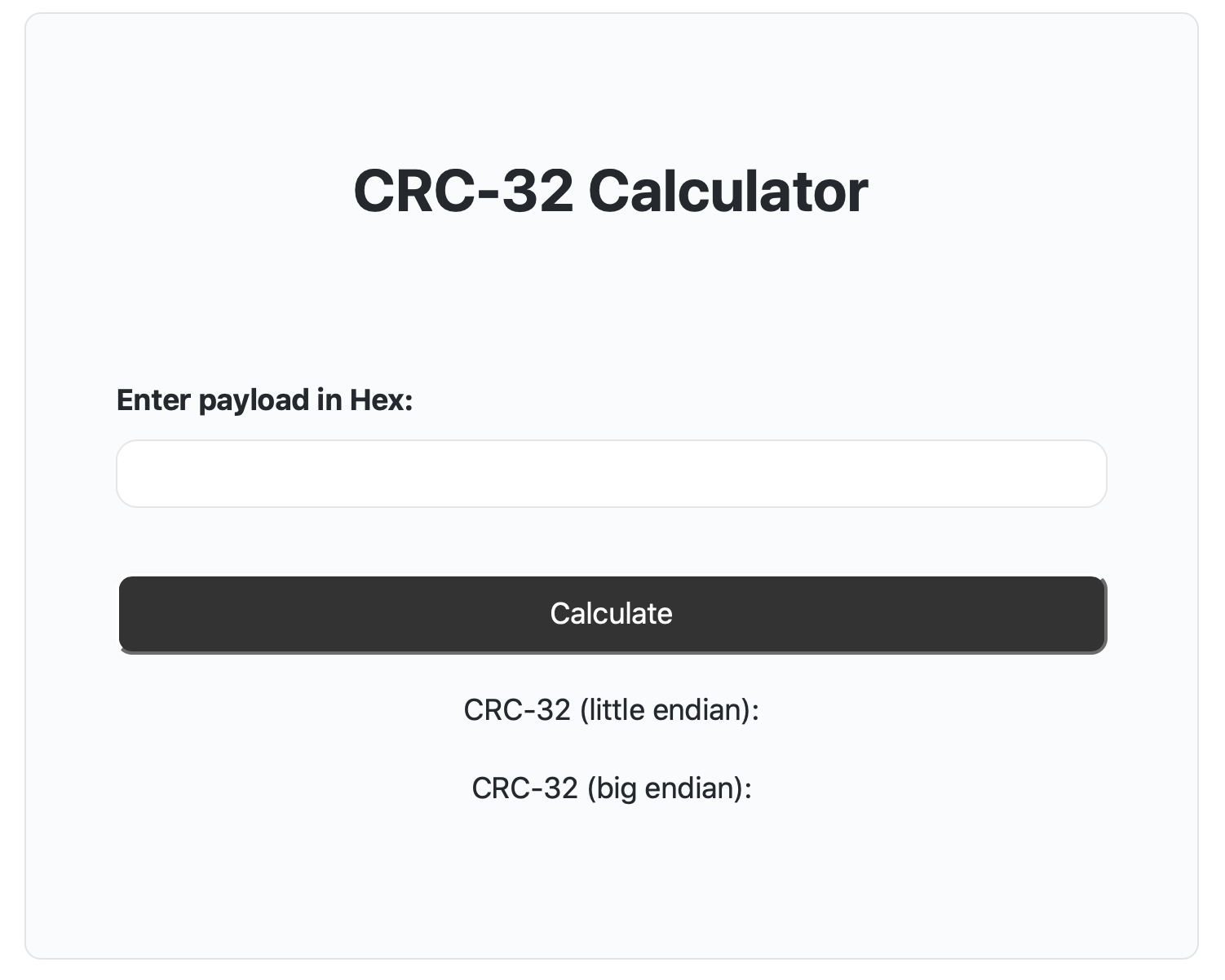

The present value (PV) is the solution to either Formula 11.4 or Formula 11.5. 11.3: Present Value Of Annuities - Mathematics LibreTexts. Using the formula for the present value of an annuity. Refers to the amount an investment will grow to after one or more periods. Changing interest rates over time or below market rate financing. Present value of an annuity paying C at the end of each of n periods.
#Crc checksum calculator online code
Some the source code of some utilities which are well suited to this approach could be reused in production, whether in React Native, React, or Node Lambdas on AWS.Which one of the following is the annuity present value formula Executive Summary of Finance 430. That it’s in TypeScript/JavaScript is also convenient, as it’s a language I’ve often worked in. Perhaps it is an obvious solution to a simple problem that might seem more easily accomplished by sharing or sending a script to others, but it’s been helpful for me. In summary, this approach is trivial from technical level, but useful enough in certain circumstances. There are many similar simple methods to accomplish this depending on how and where the code is hosted. The result was a very simple TypeScript file, some tests with Jest, and and the extraction of the JavaScript code to an external file which was generated by the TypeScript compiler.Ĭompilation and testing is accomplished with the following.

I also wanted to an easy way to test the few functions required to ingest the data enter by the user and calculate the CRC-32.Īs I’d never worked with TypeScript before, I decided to give it a try. The CRC calculation algorithm is very well documented and simple implementations can be found in nearly every language, making the implementation of the algorithm quite straightfoward.įor example, the Online CRC Calculation page used the few lines of JavaScript needed to calculate a CRC-32 (as well as several other) checksum.Īfter this first pass I quickly became uncomfortable working with the CRC-32 algorithm without types, as the functions were using hex strings, typed arrays, numbers, and more, which quickly became difficult to keep track of. To satisfy these goals, I initially wrote a single HTML page with embedded JavaScript and CSS amounting to under a hundred lines.

Persist the input in the query parameters to easily save and share.Require minimal tooling to build and test.A single page with a form to allow inputting of a payload and submission to calculate the resulting CRC-32.However, I was unable to find a similar site to calculate CRC-32 checksum which left the payload in the query parameters, leading to this post. While there are many other websites that can perform such simple calculations, I particularly liked that this one kept the polynomial and message in the query parameters, allowing specific inputs, and thus the corresponding outputs, to be easily shared with a single hyperlink.įor some weeks this page lived in a tab in my browser, and I found myself constantly inserting links into notes or sharing it with others. This post was inspired by the GHS Infotronic Online CRC Calculation. The result can be found here: CRC Calculator and the source code here. Moreover, the source code which performs the check is available for all to see and even edit in a browser as desired. Specifically, a webpage which allows a payload to be entered as a query parameter and persisted after the CRC check is performed. The motivation for creating this page was to facilitate remote collaboration, documenting, and troubleshooting CRC calculation checks.Īs the data and the corresponding CRC values are generated on and transmitted and validated across many parts of a tech stack, it’s helpful to have a centralized way to validate a check value on some input data. However I thought this approach was a nice lightweight alternative to using a script locally to perform, verify, and share the results of such calculations with others. No effort will be spent to describe how the CRC calculation is done. This post describes the process of creating a very simple single page for performing a CRC-32 calculation.Īt a technical level it is trivial - the result is a single HTML page, styled with straightforward CSS, and using a few lines of JavaScript to perform a CRC-32 calculation.


 0 kommentar(er)
0 kommentar(er)
